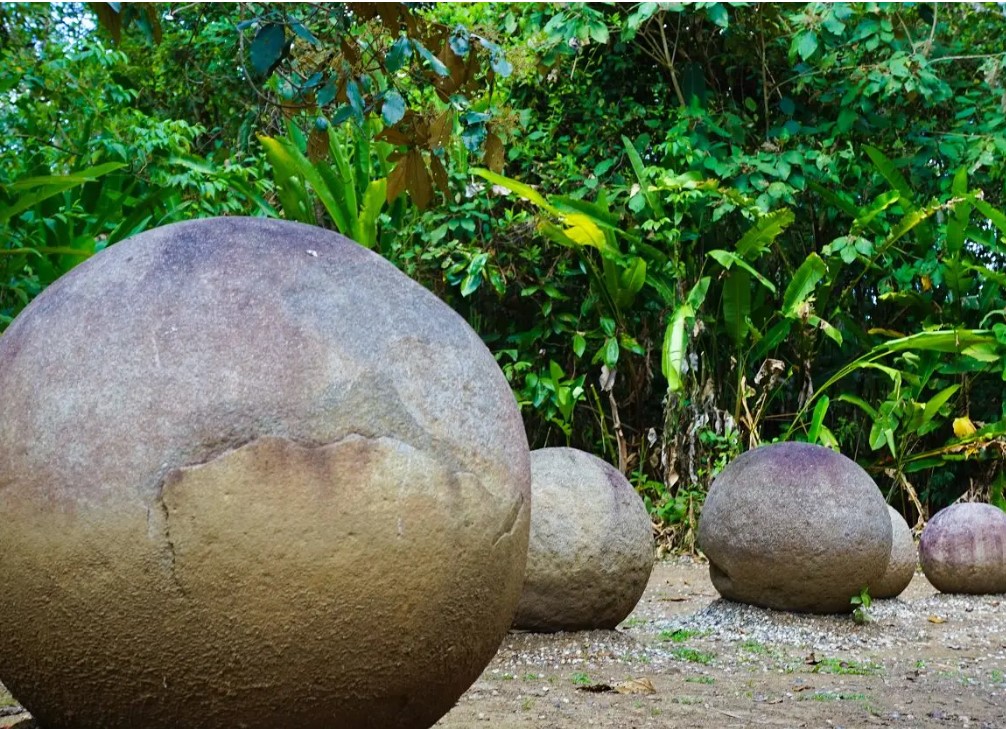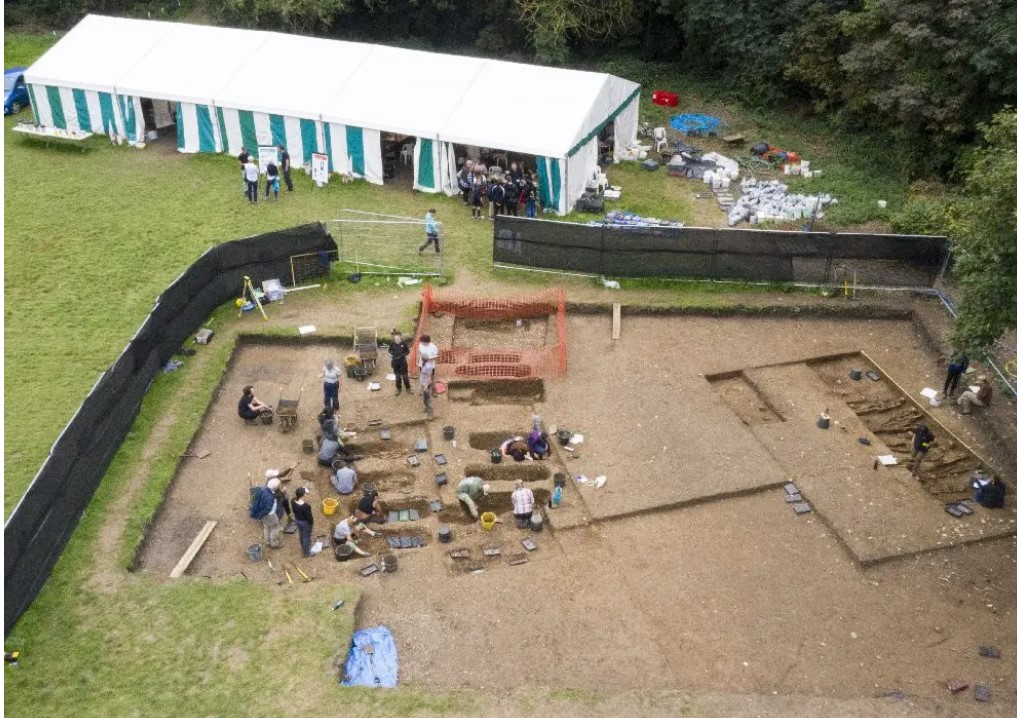ARCHAEOLOGISTS CONDUCT PROJECT TO CONSERVE COSTA RICA’S STONE SPHERES
A joint effort by the National Institute of Anthropology and History (INAH) and the National School of Conservation, Restoration, and Museography (ENCRYM) is currently underway to preserve the remarkable Stone Spheres of Costa Rica. These stone formations, often known as the Diquís Spheres, are a collection of more than 300 petrospheres found on Isla del Caño and the Diquís Delta in Costa Rica.
These enigmatic spheres are attributed to the ancient Diquís culture, which emerged in the Rio Grande de Térraba Valley during the Synancra period between 1,500 and 300 BC. The pinnacle of the culture’s development occurred between AD 800 and 1,500. During this era, skilled Diquís artisans crafted intricate ceramic, bone, and gold artifacts. Additionally, they sculpted stone spheres that held cultural significance, often positioned strategically in public plazas.
Varying in size from a few centimeters to over 2 meters in diameter, the Diquís Spheres are primarily hewn from gabbro—a coarse-grained mafic igneous rock akin to basalt. However, there are instances where limestone and sandstone were also utilized in their creation.
Crafting these spheres was an intricate process involving the shaping of boulders into rough spherical forms through the use of denser rocks. Subsequent meticulous polishing with sand resulted in the smooth finish that characterizes these artifacts.
The researchers emphasize that these spheres hold profound cultural importance for many indigenous communities in Costa Rica. Notably, these stone spheres are the sole cultural assets from the country inscribed on UNESCO’s World Heritage List.
In-depth examinations of the largest stone spheres have been conducted by experts from ENCRyM and the National Museum of Costa Rica. Their studies encompass the material composition of these cultural treasures, aiming to enhance conservation methodologies, evaluate the cultural significance of associated sites, and safeguard this invaluable cultural heritage for generations to come.




